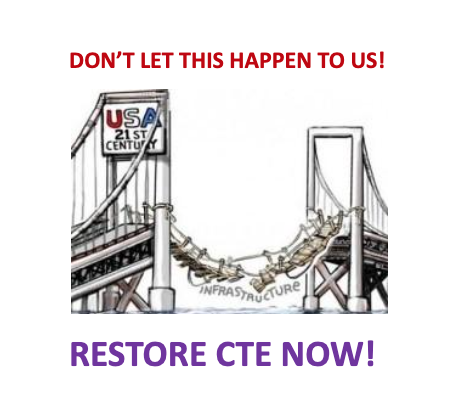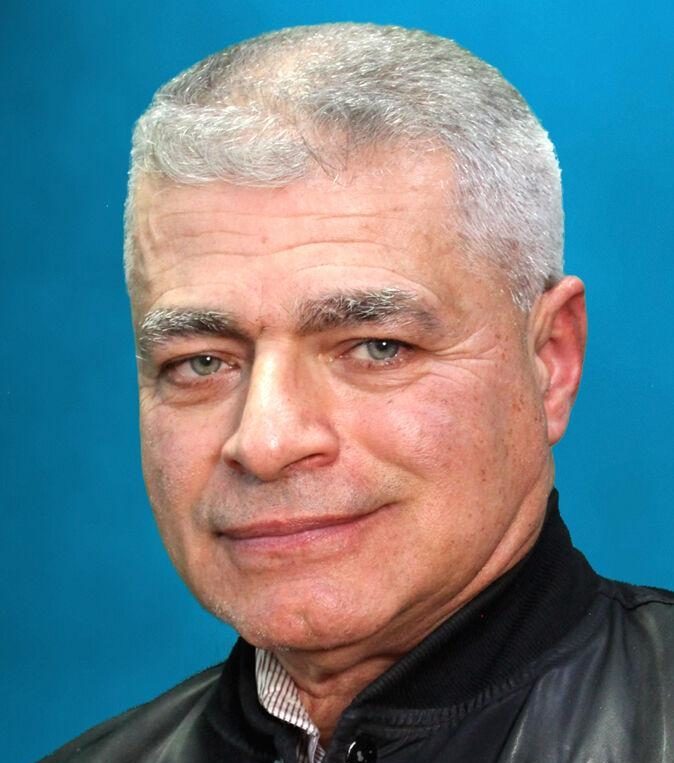CTE Shop Class: Now It’s High-Tech
Education and economy – A new look

With all the talk about revamping education, try viewing the relationship between education and the economy through the eyes of an engineer.
Think of the economy/education model as a 2-tower suspension bridge, over the dangerous waters of global competition, where the suspended roadway represents our economy.
The road is the path society takes from our past to the future. It is supported by our educational institutions – in this case, the two supporting towers.
The foundation of the bridge is our basic education system, in which primary schools lay the groundwork for future learning – represented here by the bedrock and footings that the towers are built on.
One of those towers is the traditional college & university system, while the other represents community colleges and trade schools.
The towers support the main cables, anchored on the shores of the past and the future. Those cables are all the careers within the economy.
People climb the towers of education to train for those careers that produce economic growth. Workforce development is about strengthening the main cables by continually raising the level of expertise in each career-path and training individual workers. Those workers are the suspension lines hanging from the main cables to support the roadbed… the economy.
Driving over the road is society, as it moves from the past to the future, above the dangerous waters of economic competition.
For this economic bridge to move us from past, to present and beyond, it must be built on a solid foundation of primary education – a period where students should learn what their aptitudes and strengths are and how to develop those abilities to their maximum potential. Only then can they know which tower will lead to their most successful career paths.
The choices students face when deciding which tower best suits them should not be hampered by lack of resources in those areas. The towers of education must provide the assets needed to meet the needs of all students to achieve their potential for maximum success – whether they choose a conventional college path, or trade education, or both. Yes, both!
For most of our lifetimes, we have shortchanged the material needed to strengthen the trade education tower. This has led to a reduction in the number of wires in the main cables… the loss of skilled trades.
The reduction of trade training led to the skilled worker shortage. In this case, the missing suspension cables that no longer hold up the roadbed.
Even non-engineers can understand what happens to a bridge with a weakened tower and missing cables. It begins with economic decay, leading to a catastrophic collapse.
Our economic/education bridge must be rebuilt with equally strong towers of trade and academic infrastructure – or economic collapse is imminent.
The restoration of trade education is now critical. The skilled worker shortage is the greatest danger facing our bridge.

Don’t let it collapse.

Academic & Trade Education are Two Sides of a Coin. This column explores the impact of CTE programs on students, society, and the economy.
Mike Porcelli: life-long mechanic, adjunct professor, and host of Autolab Radio, is committed to restoring trade education in schools before it’s too late. https://www.linkedin.com/in/mike-porcelli-master-mechanic-allasecerts/




